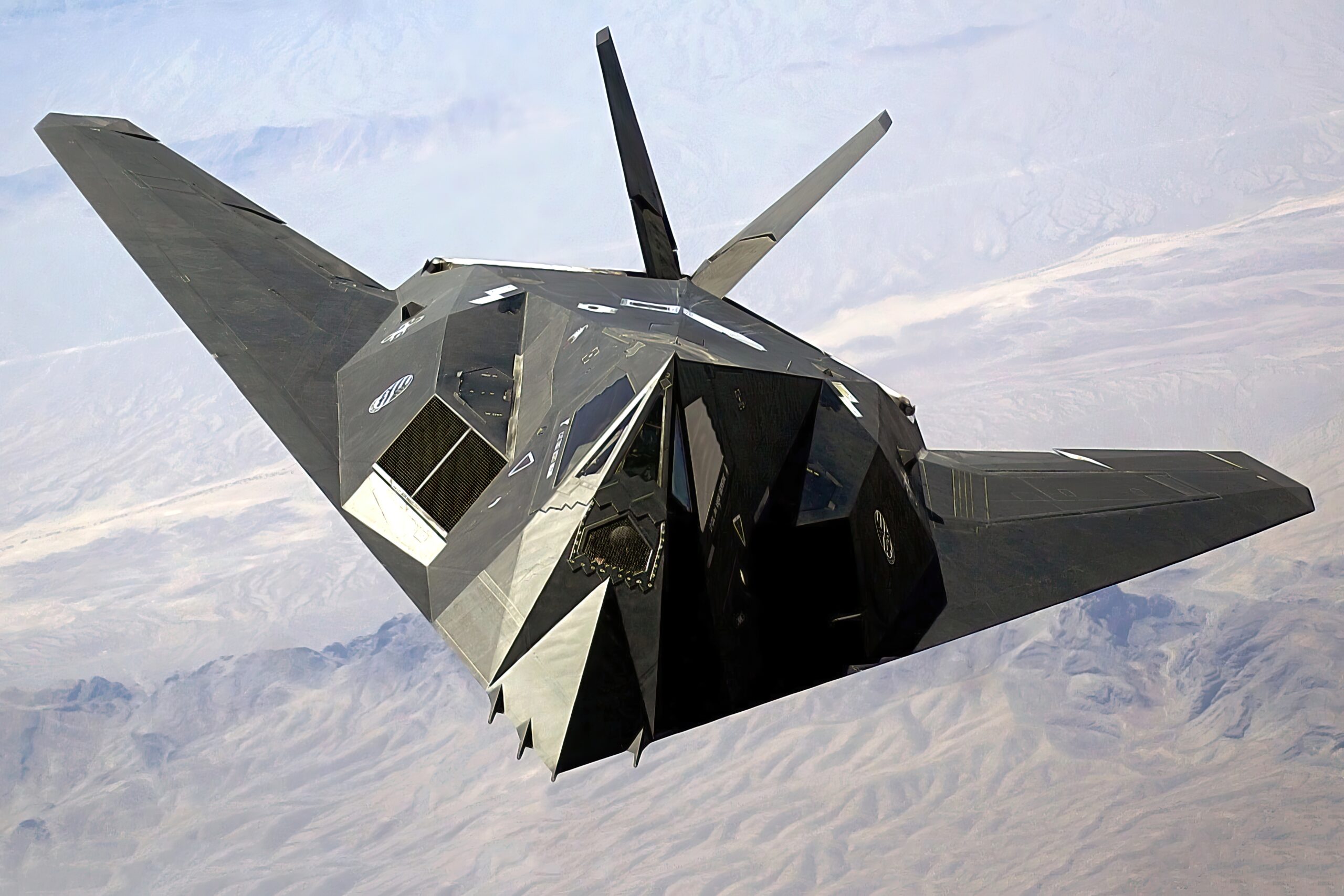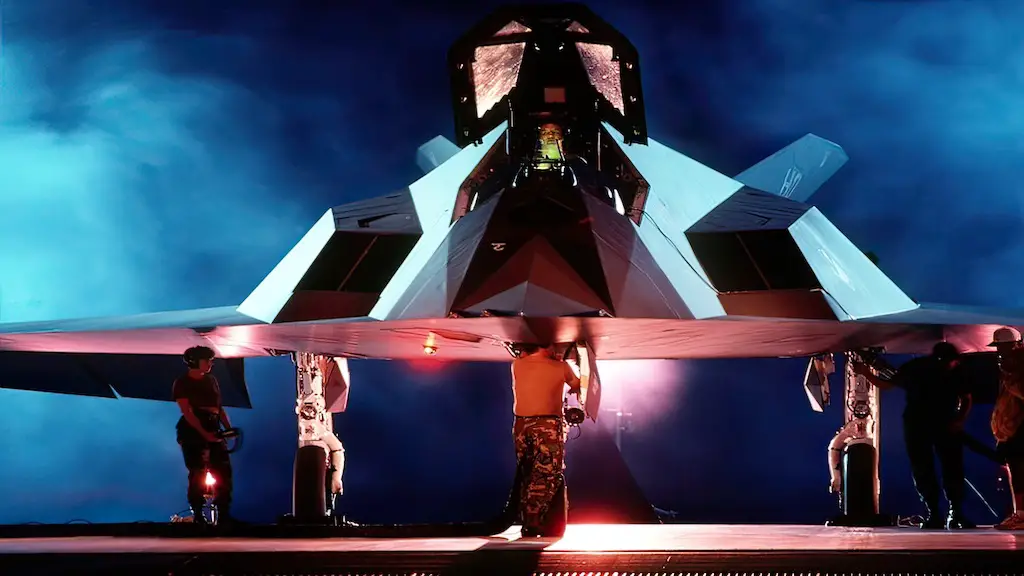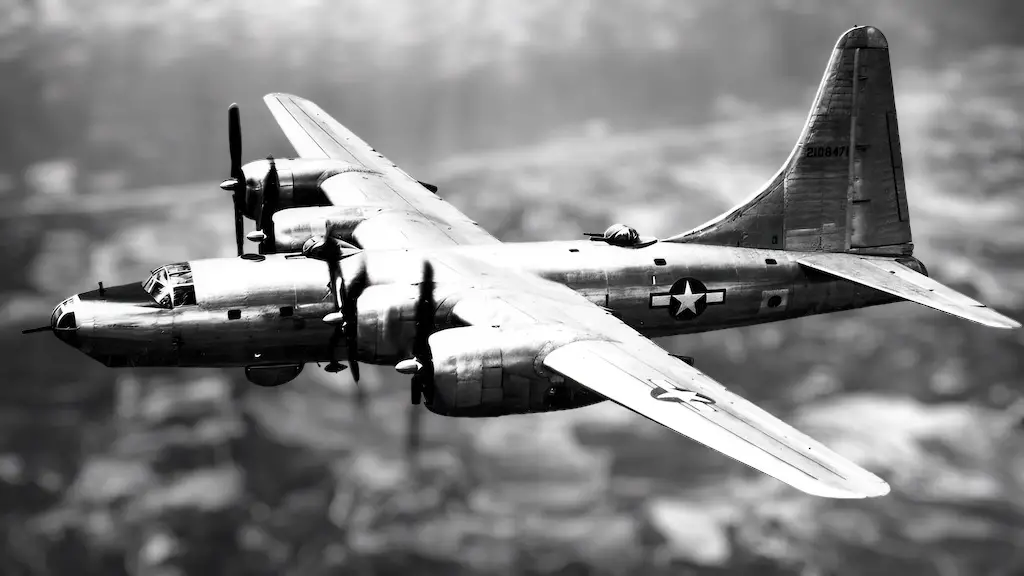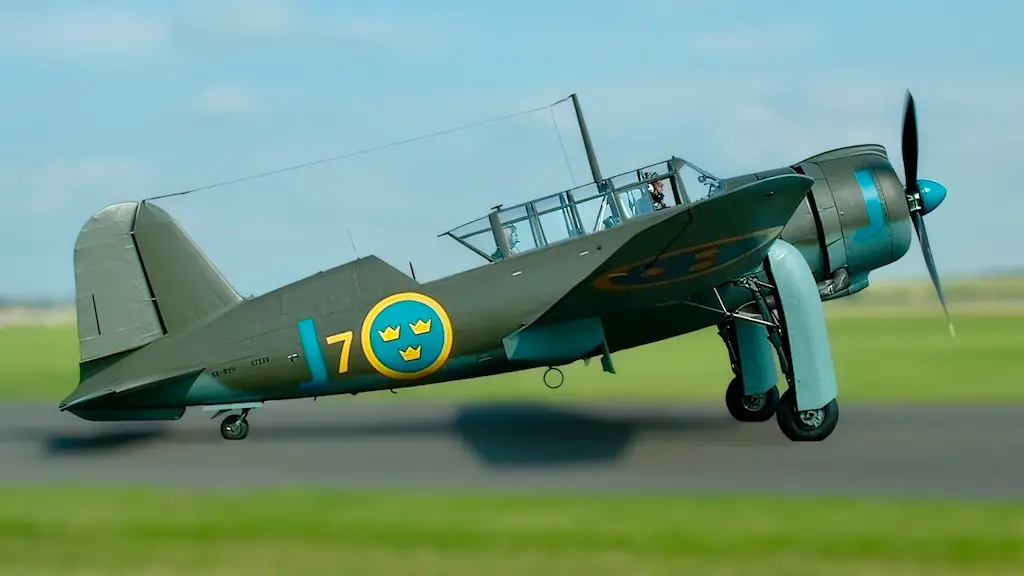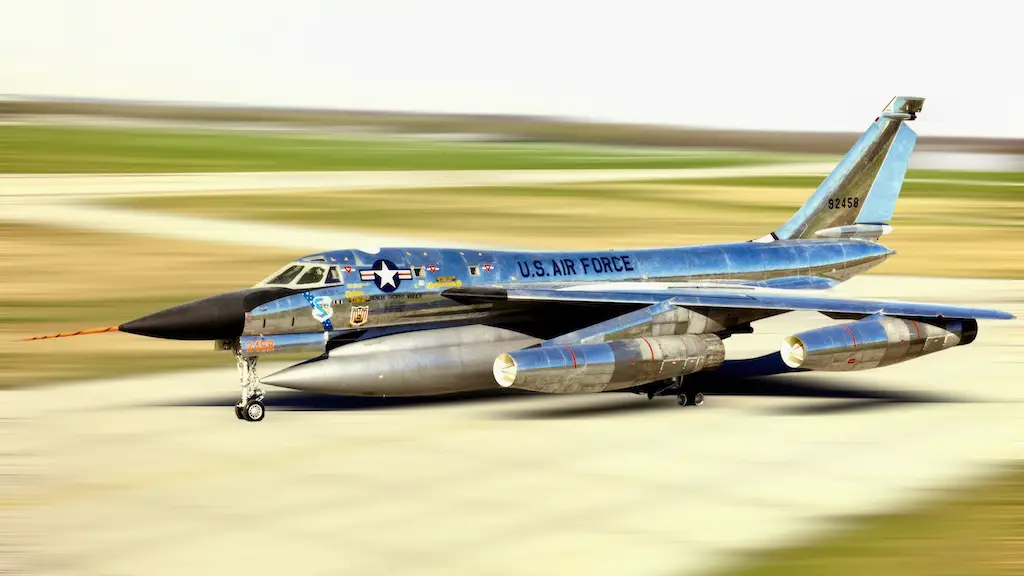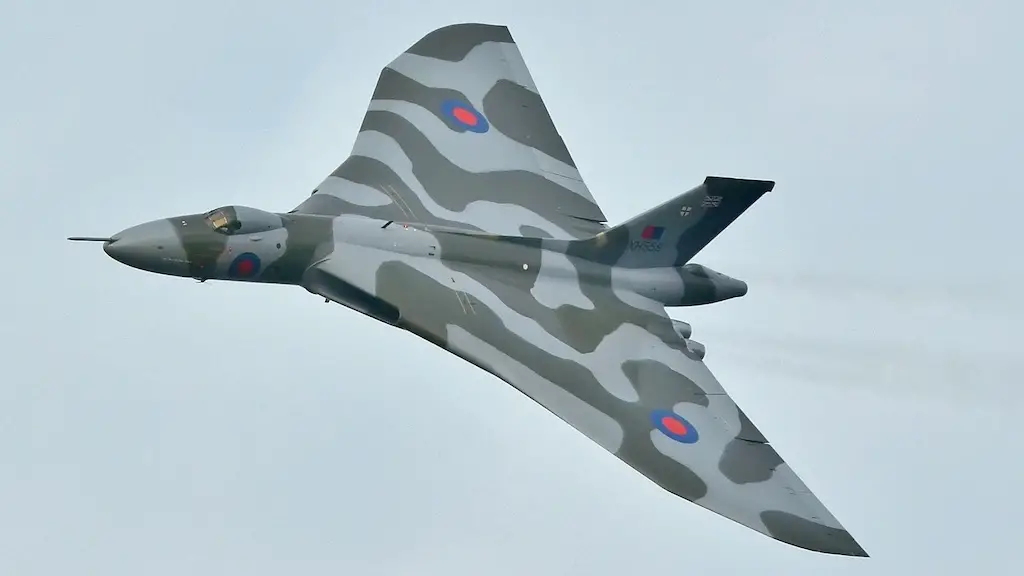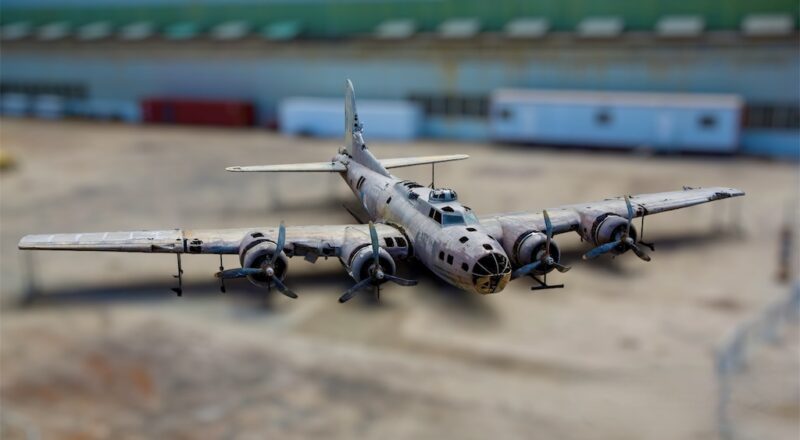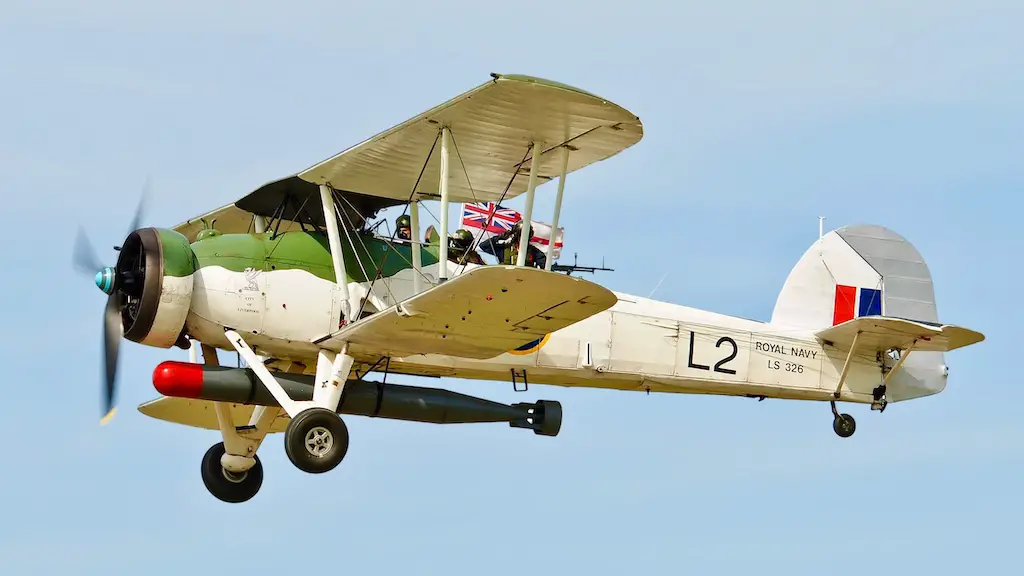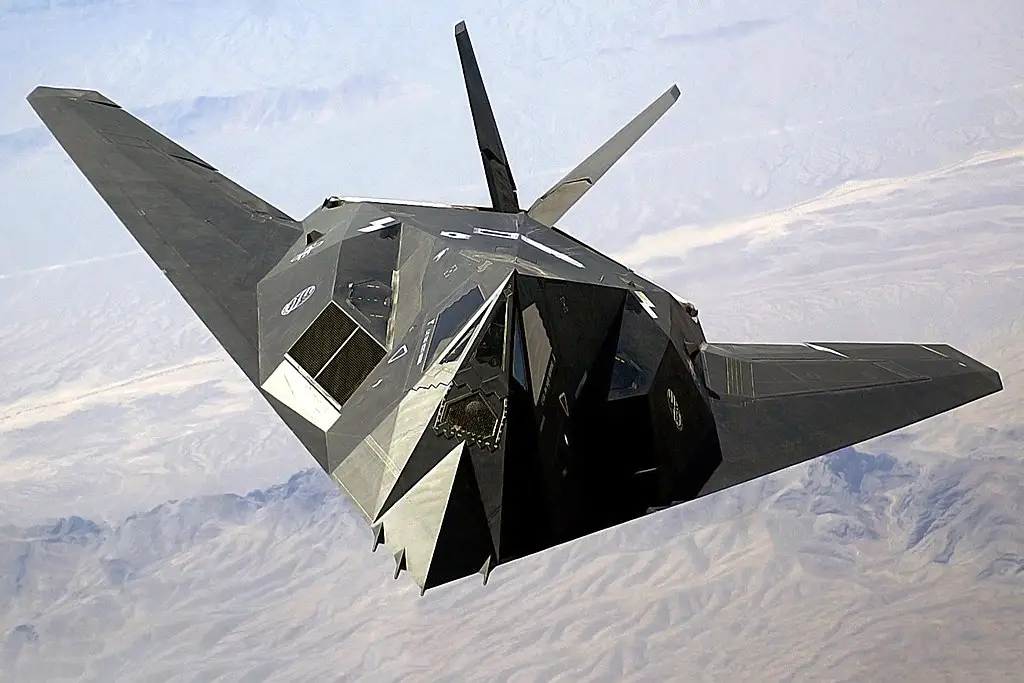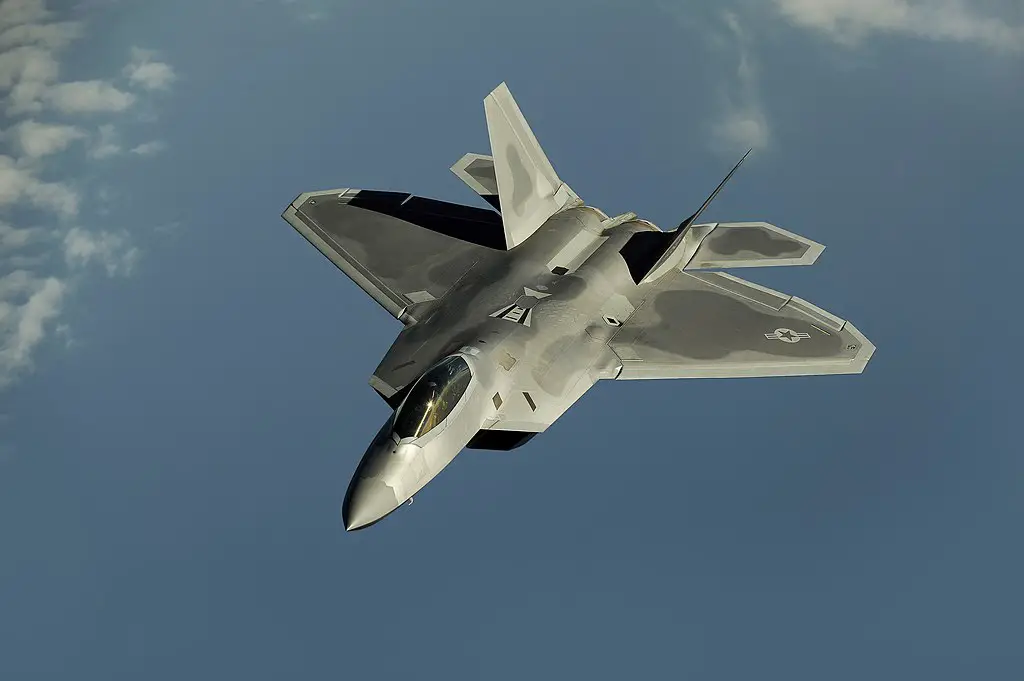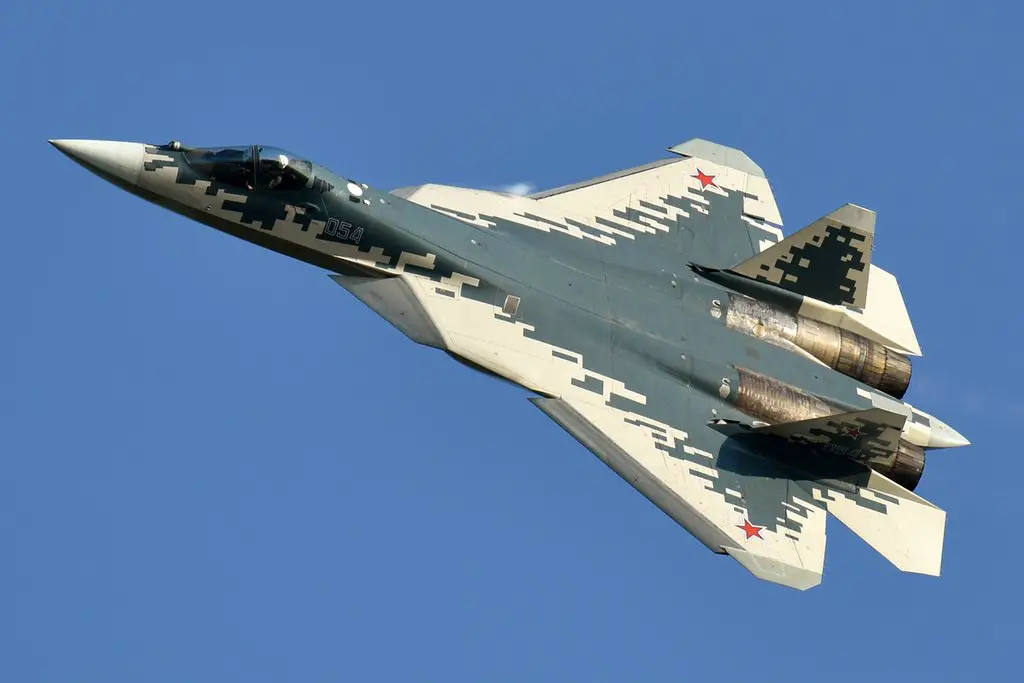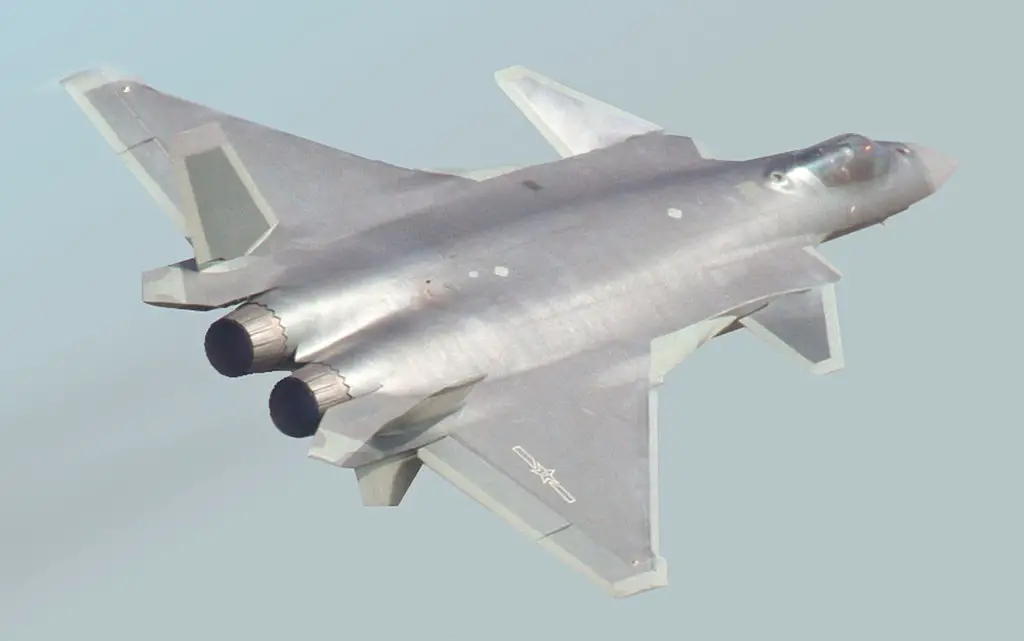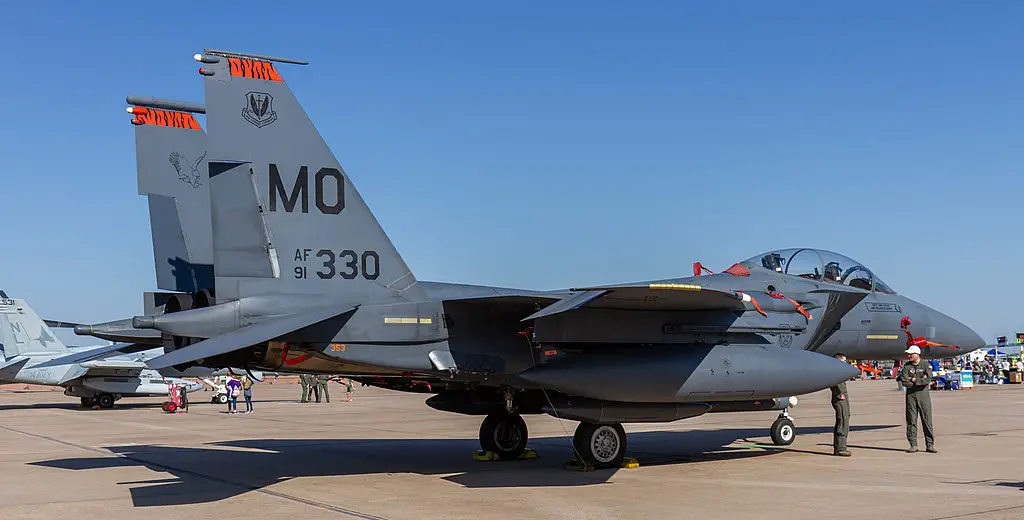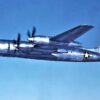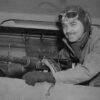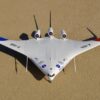“Smart weapons” changed modern conflicts forever. It helped Coalition forces secure a decisive victory again Iraqi forces, both on the ground and air. Missiles were now capable of navigating themselves using GPS, which allowed them to hit targets with surgical precision.
On August 2, 1990, Saddam began the invasion of Kuwait. This triggered a chain of events that would eventually lead to U.S. intervention. While the 500,000 American soldiers were initially deployed to protect Saudi Arabia from a potential invasion, the operation soon spilled over into something bigger. Countries like Egypt, Saudi Arabia, and the United Kingdom joined to form a coalition force.
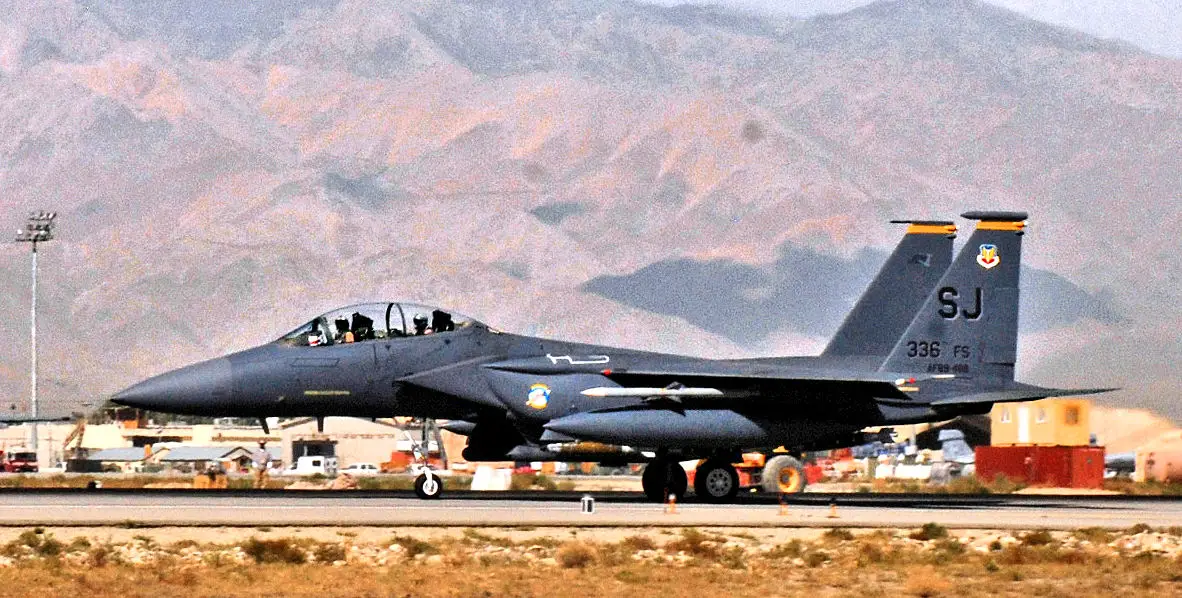
There was a concern that after Saddam was finished with Kuwait, he would invade Saudi Arabia, effectively giving him a monopoly over Middle Eastern oil. Iraqi forces were warned to leave Kuwait by January 15, 1991, or face the consequences. Saddam refused; he would soon realize that he made the wrong choice as Operation Desert Storm began.
The first stage of the operation involved the heavy bombing of Iraqi positions. In about five to six weeks, the targets were softened enough by the bombs for the ground invasion to begin on February 24. All the engineering that went into improving the bombs proved to be worth it. The U.S. forces were able to hit targets far smaller than previously was possible, and the accuracy was unmatched.
The new bombs were equipped with cameras, which recorded the view as they approached the target. This certainly showed a more brutal side of war, but it also earned Gulf War its nickname, “Video Game War.”
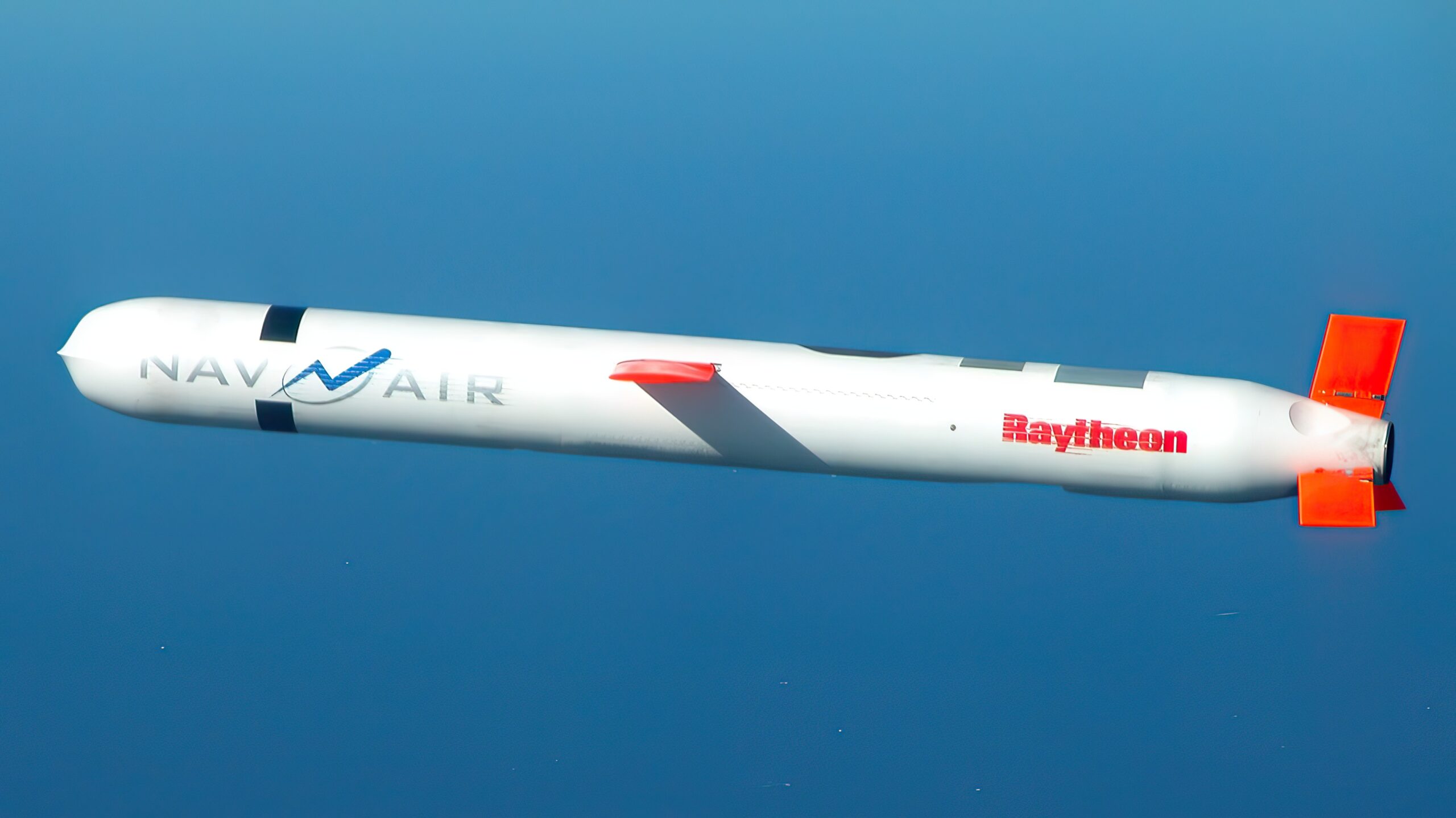
One of the most well-known weapons from this category are the Tomahawks. This cruise missile was first introduced in the 1970s. It had an Inertial Navigation System (INS) and Terrain Contour matching (TERCOM), which helped it find its target. All of this tech came with a price of a whopping $1.35 million, per unit.
The way Tomahawks find their target is awe-inspiring, considering this was happening in the ’90s. When the missile was close to its target, the onboard camera compared the image of the target to the image of the target in its memory (which was taken beforehand). If it was a match… well, tough luck for the people in the target area.
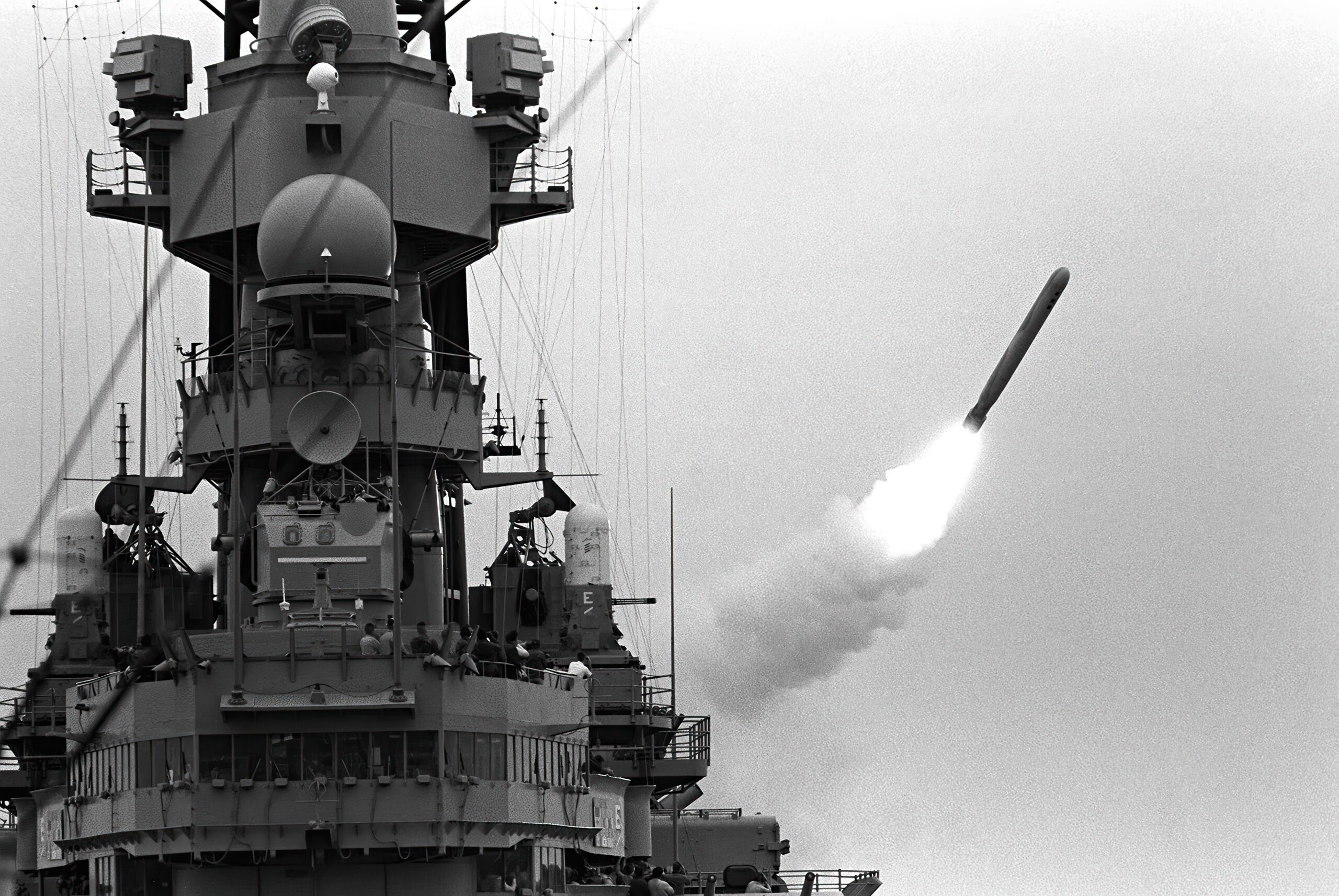
These smart bombs, as sophisticated as they are, still needed to be carried close to the target. The F-117a Stealth Fighter aircraft were perfect for this task. This was before the F-22 and F-35, and F-117 was the best aircraft when it came to flying somewhere, causing trouble, and flying back without being detected. Of course, it would be another few years before it got downed in Yugoslavia, but let’s not talk about it!
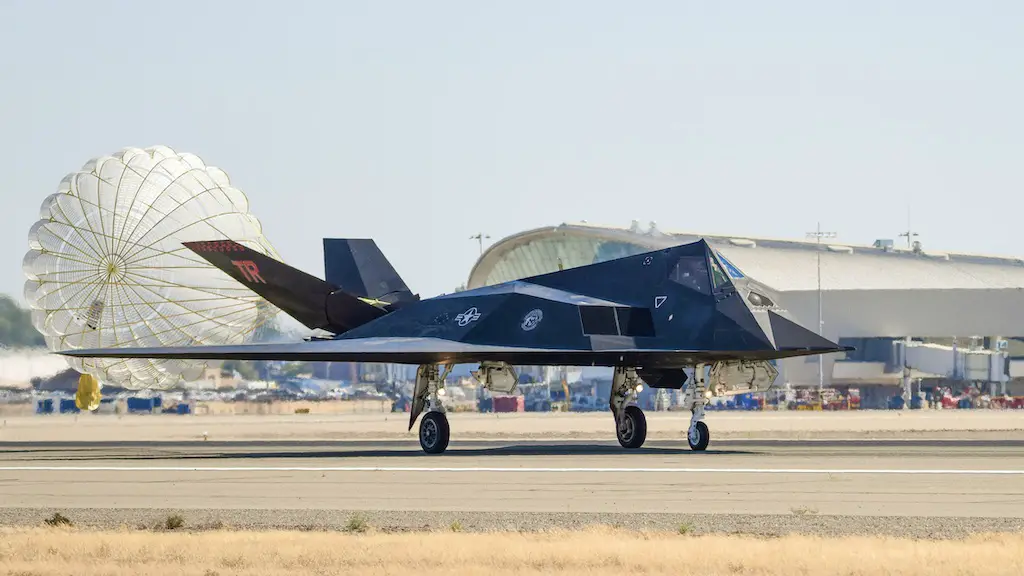
Even today, it seems that it’s not easy to create a stealth aircraft, considering both the Russian Su-57 and the Chinese J-20 certainly have a lot of room for improvement. The U.S., on the other hand, had a solid understanding of stealth technologies as early as the 1970s. And by 1981, the F-117 Nighthawk had its first flight.
The F117a was instrumental in helping the coalition forces secure their decisive victory. After all, the aircraft is credited with destroying over 40% of the Iraqi strategic facilities. That’s not to say that the aircraft was perfect; it had some misses and no-drops, 13% to be exact, but it was mainly due to adverse weather conditions.
Ultimately the development of these technologies leads to fewer combat casualties, but more importantly, with increased precision of airstrikes, there is less collateral damage.
